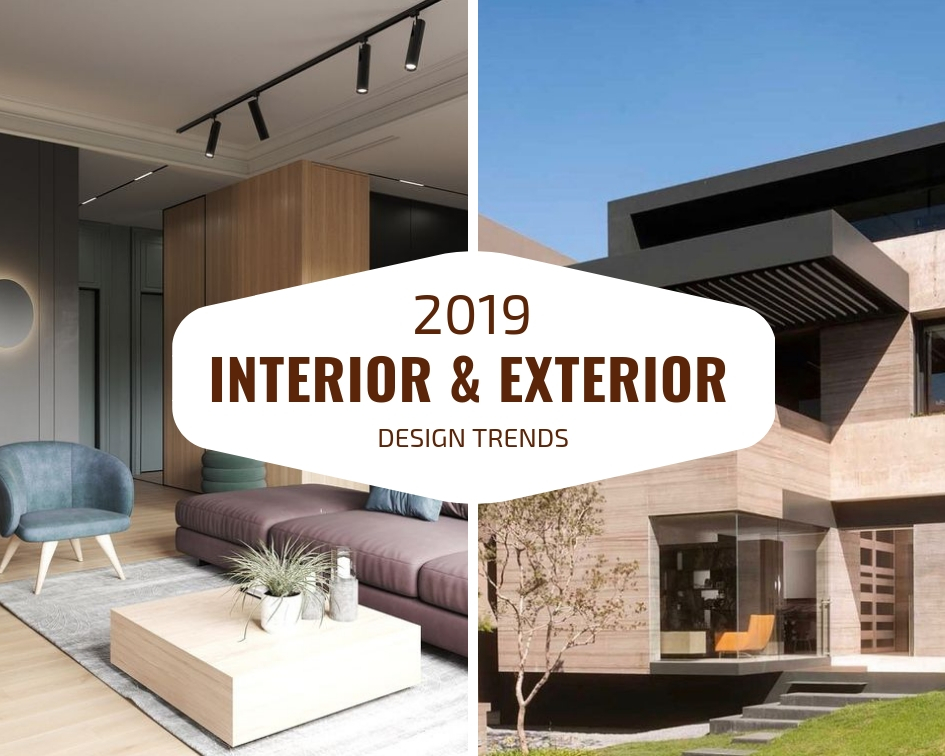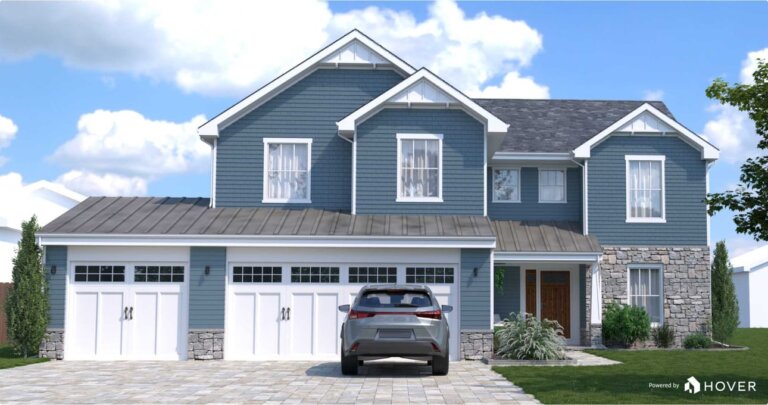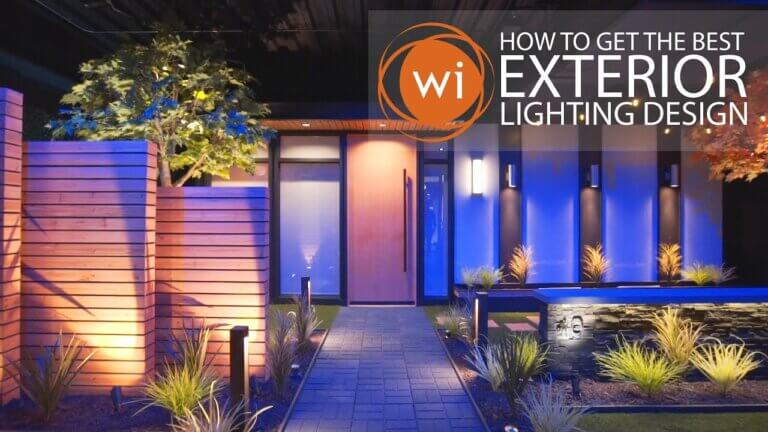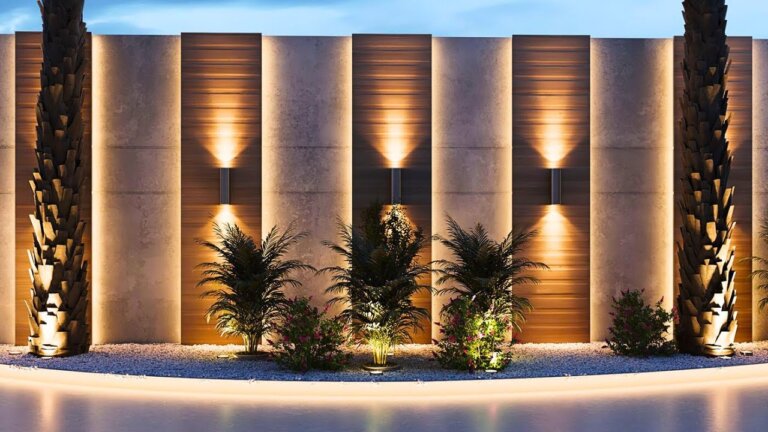Interior and exterior design both shape our living spaces. Yet, they serve different purposes.
Interior design focuses on the inside of buildings. It deals with furniture, colors, and textures. Exterior design, on the other hand, concerns the building’s outer look. It includes landscaping, facades, and outdoor structures. Understanding these differences can help you create harmonious spaces.
Whether you are renovating your home or designing a new one, knowing the roles of interior and exterior design is essential. This knowledge ensures a cohesive look both inside and out. Let’s dive deeper into what sets these two design fields apart and how each contributes to the overall aesthetic of your property.

Credit: www.youtube.com
Introduction To Interior And Exterior Design
Interior design focuses on the inside spaces of a home. It deals with colors, furniture, and decorations. It aims to make indoor spaces functional and beautiful.
Exterior design focuses on the outside areas of a building. It includes the walls, roof, and garden. It also aims to make the exterior look appealing and sturdy.
Good design creates a pleasant atmosphere. It can make spaces more comfortable and enjoyable. Well-designed spaces can also improve mood and productivity.
In the past, design was mostly about function. People focused on building shelters that were strong. Over time, the idea of beauty became important too. Now, both function and beauty are key.
Core Concepts Of Interior Design
Interior design blends functionality and aesthetics. A space must be both useful and beautiful. Designers think about how people use the space. They choose colors, furniture, and decorations. These choices create a specific look. The aim is to make the space feel right for its purpose.
Space planning is key in interior design. It involves arranging furniture and decor. The goal is to make the best use of space. Designers think about how people move in the space. They place items to create a good flow. This helps make the area both functional and pleasing.
Core Concepts Of Exterior Design
Interior design focuses on decorating and arranging spaces inside a building. Exterior design enhances the outside look and structure. Both aim to create appealing environments, but apply their skills to different areas.
Architectural Style
Exterior design focuses on the outer look of a building. This includes the architectural style, which sets the overall feel of the home. Styles can range from modern to traditional. Each style has unique features. For example, modern homes often have clean lines and large windows. Traditional homes may have detailed trims and classic shapes. The style you choose affects the curb appeal and value of your property.
Landscaping
Landscaping is another key part of exterior design. It includes plants, lawns, and outdoor features. Good landscaping can make a home look more inviting. Well-placed trees and shrubs add privacy and shade. Flowers and plants bring color and life. Pathways and lighting improve functionality and safety. A well-designed landscape can enhance the beauty of your home.
Materials Used In Interior Design
Interior design uses different materials for furniture. Wood is a popular choice. It is strong and lasts a long time. Metal is also used. It gives a modern look. Glass can make a room feel open. Cushions and padding add comfort to chairs and sofas.
Interior walls often use special paints. These paints can be easy to clean. They come in many colors. Textiles like curtains and carpets are key. They add warmth and style. Fabrics can be cotton, silk, or synthetic. Each has unique feel and look.
Materials Used In Exterior Design
Exterior design needs strong materials. Brick, stone, and concrete are common. These materials resist weather. Wood can also be used but needs treatment. Vinyl and metal are popular for siding. They are durable and need less care.
Outdoor furniture must handle weather. Metal and plastic are good choices. They last long and are easy to clean. Wood is also used but must be treated. Wicker furniture is light and stylish. Add cushions made of waterproof fabric for comfort.
Techniques In Interior Design
Lighting plays a key role in interior design. It can make a room feel cozy or bright. Different lights create different moods. Soft lights are good for a relaxing space. Bright lights help in work areas. Always choose the right light for each room.
Color schemes are essential in interior design. Colors can change how a room feels. Warm colors like red and yellow make a room feel warm. Cool colors like blue and green give a calm feel. Mixing and matching can create balance. Choose colors that fit your style.
Techniques In Exterior Design
Facade treatment focuses on the outer walls of a building. Materials like brick, stone, or wood are common. Colors and textures play a big role. Good design can make a house look inviting. Sometimes, plants are used to add charm. Lighting can highlight features at night. Windows and doors also need attention. Balance is key to a good facade.
A well-planned garden boosts a home’s appeal. Plants are chosen for their beauty and ease of care. Paths help people walk through the garden. Seating areas offer places to relax. Water features like ponds can add peace. Lighting makes the garden usable at night. Gardens should be easy to maintain. Balance and flow are important in garden design.
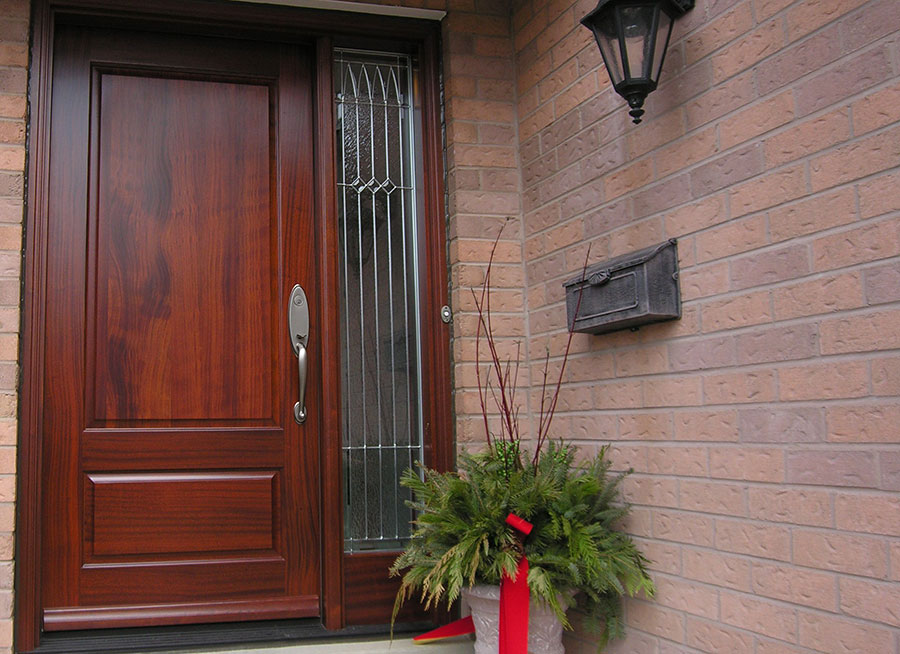
Credit: www.estatemillwork.com
Challenges In Interior Design
Fitting furniture in small spaces is hard. Every item must have a purpose. Multi-functional furniture is key. Think of beds with drawers. Or tables that fold. Storage is important too. Use shelves and hooks on walls. This saves floor space. Light colors make rooms feel bigger. Mirrors help too. They reflect light.
Sticking to a budget is tough. Quality items can cost a lot. Prioritize important pieces first. You can always add more later. DIY projects save money. Paint old furniture to make it new. Buy second-hand items. They are often cheaper. Sales and discounts are your friends. Always look for deals. This helps keep costs down.
Challenges In Exterior Design
Exterior design faces many weather-related challenges. Rain, snow, and heat can damage surfaces. Strong winds can also be a problem. Materials must be durable and weather-resistant. This ensures the design lasts longer. Choosing the right materials is key to handling these conditions.
Maintaining exterior designs takes more effort. Dirt and debris build up quickly. Regular cleaning is needed. Paint and finishes can fade over time. Repairs are sometimes required. Proper care extends the life of the design. Simple maintenance keeps it looking new.
Future Trends In Design
Sustainable practices are becoming more important in design. Eco-friendly materials and energy-efficient systems are in high demand. Designers are choosing recycled materials to reduce waste. Solar panels and green roofs are popular for energy saving. These choices help the environment and save costs in the long run.
Smart technology is changing how we design spaces. Smart thermostats and lighting systems are common in homes now. They can save energy and make life easier. Voice-activated controls are also popular. They add convenience and a modern touch to any design. Home automation systems are growing in use, making homes more efficient and comfortable.

Credit: s3da-design.com
Frequently Asked Questions
What Is Interior Design?
Interior design focuses on the aesthetics and functionality of indoor spaces. It involves selecting furniture, colors, lighting, and decor to create a cohesive and appealing environment.
What Is Exterior Design?
Exterior design is about the outside appearance and structure of a building. It includes landscaping, architecture, and materials used to enhance curb appeal and functionality.
Key Differences Between Interior And Exterior Design?
Interior design focuses on indoor spaces, while exterior design deals with the building’s exterior. Interior design emphasizes aesthetics and functionality inside, whereas exterior design enhances the building’s outside appearance and structure.
Do Interior And Exterior Designers Work Together?
Yes, interior and exterior designers often collaborate. They ensure that the indoor and outdoor spaces complement each other, creating a harmonious overall design.
Conclusion
Interior and exterior design serve different purposes. Interior design focuses on indoor spaces. It enhances functionality and aesthetics. Exterior design targets the outside of buildings. It improves curb appeal and protection. Both require creativity and planning. They complement each other.
Together, they create a cohesive look. Understanding their differences is essential. It helps achieve the desired outcome. So, whether updating a room or the whole house, consider both aspects. This will ensure a harmonious and well-designed space, inside and out.

My name is Mahi Uddin, and I’m a blog writer with over two years of experience specializing in creating engaging, informative content using AI tools. I contribute to InExDecor.com, where I share creative ideas and practical tips for transforming interior and exterior spaces into beautiful, functional environments. With a passion for storytelling and a knack for blending creativity with technology, I strive to craft blogs that not only inform but also inspire readers. When I’m not writing, you can find me exploring design trends or enjoying a good book with a cup of coffee.

